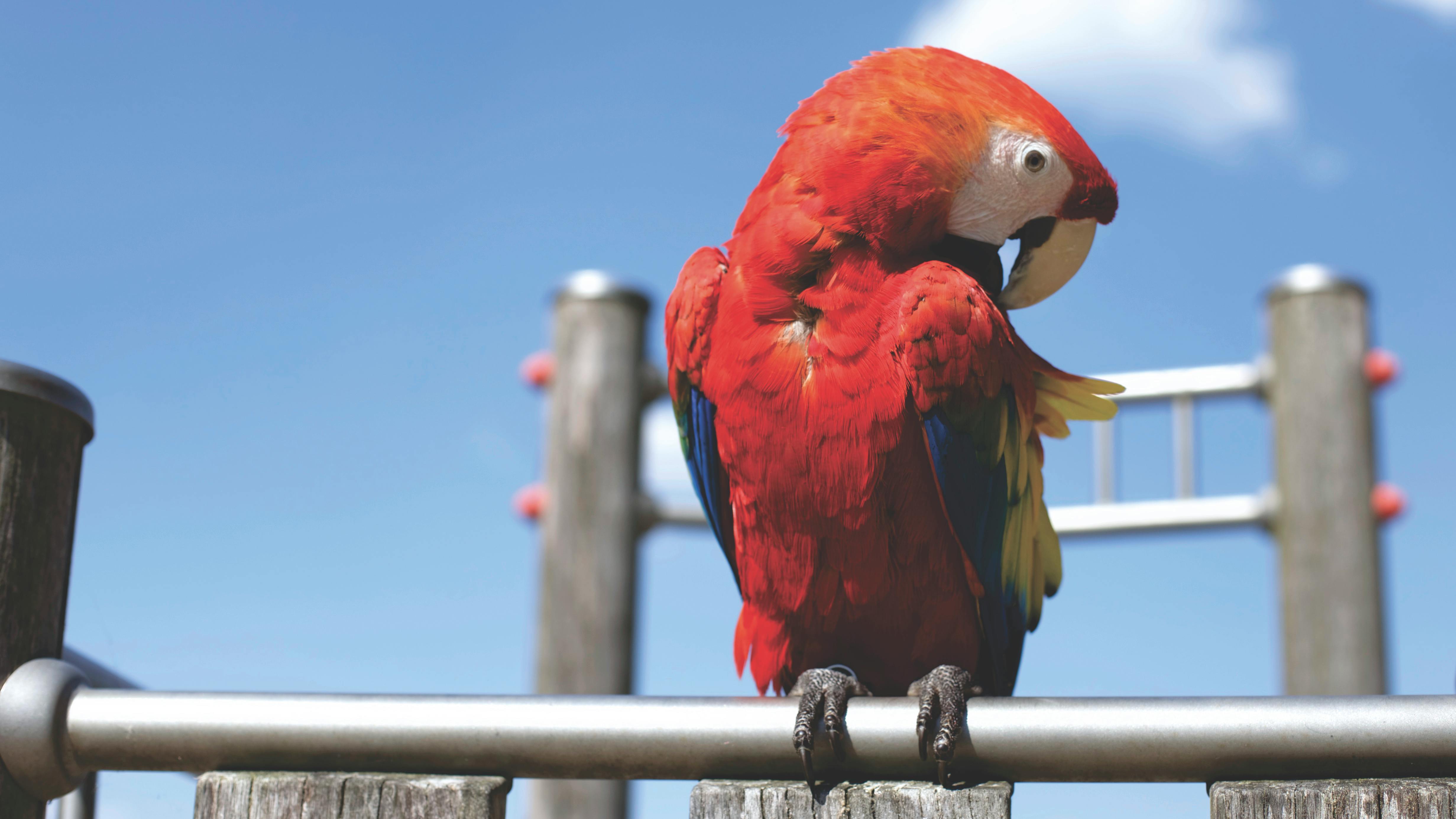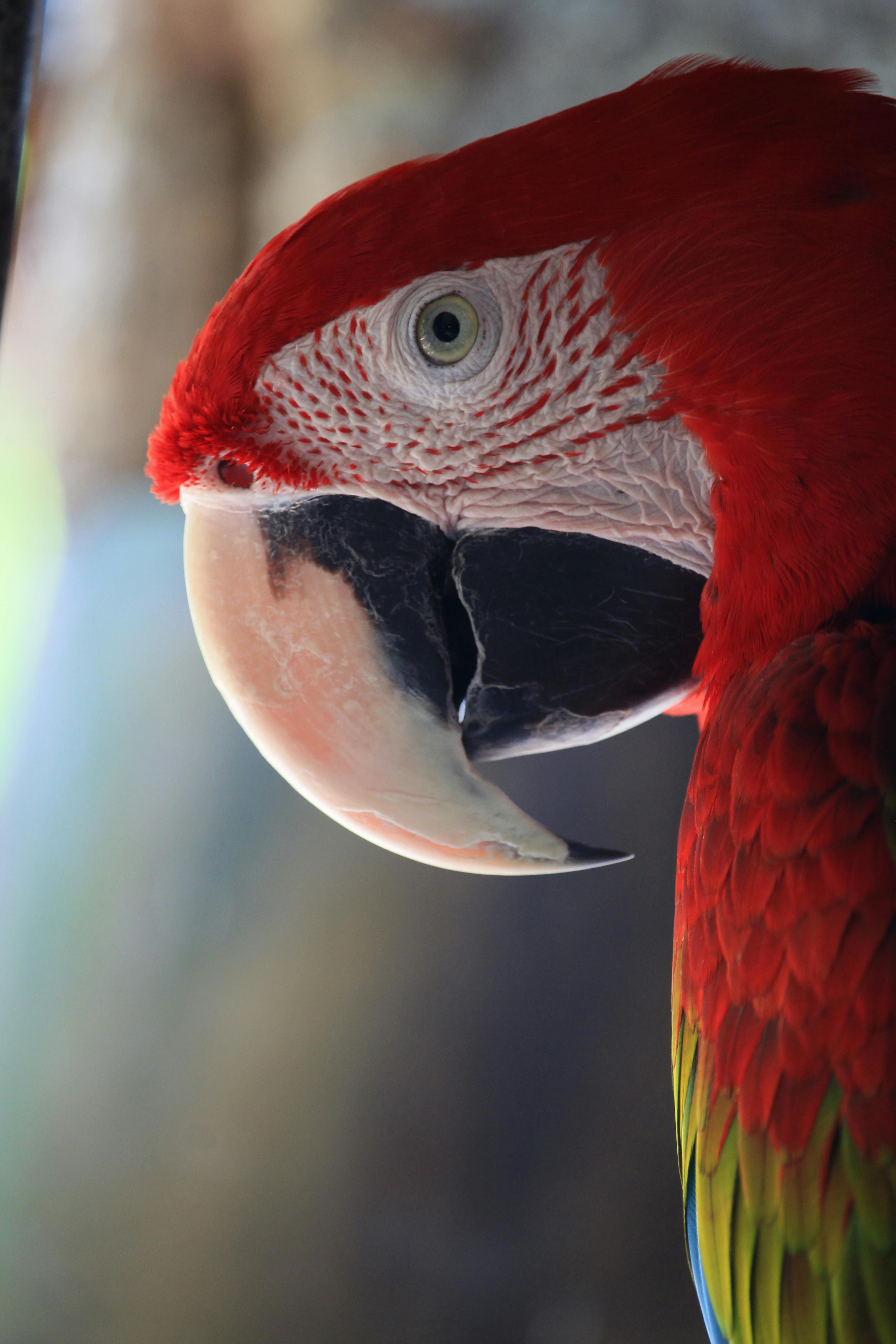Effective Ways to Care for Rabbit Foot Fern in 2025
The rabbit foot fern (Davallia fejeensis) has gained popularity among plant enthusiasts for its unique appearance and relatively easy care requirements. Recognized for its fuzzy, rabbit foot-like rhizomes, this fern is an excellent choice for both seasoned and novice gardeners. With its lush, frond-like leaves, the rabbit foot fern adds a touch of vitality to indoor spaces, making it a favored decorative plant.
Caring for a rabbit foot fern involves understanding its specific needs, including light preferences, watering schedules, and ideal soil types. This article will guide you through effective care methods, ensuring your rabbit foot fern thrives in your home or garden. By following these recommendations, you can enjoy the aesthetic and air-purifying benefits this tropical plant offers.
Throughout the discussion, we will also touch on propagation methods, pest management, common issues, and seasonal care tips. The goal is to equip you with the knowledge needed to nurture your rabbit foot fern successfully, enhancing both its growth and your gardening experience.
Understanding Rabbit Foot Fern Characteristics
The first step in effective rabbit foot fern care is to appreciate its defining features. The rabbit foot fern is characterized by its distinctively soft and fuzzy roots that resemble rabbit feet, which not only add to its aesthetic but also anchor the plant securely in its growing medium. The fern can grow between 12 to 18 inches tall and spreads out with lush green fronds, making it ideal for indoor spaces.
With a preference for indirect sunlight, rabbit foot ferns thrive in bright but filtered light. They are considered shade-loving plants, perfect for those who want to brighten up darker corners of their home. Its ability to grow well in lower-light conditions makes it a great choice for beginners or those living in apartments with limited natural light.
Rabbit Foot Fern Light Requirements
Understanding the light requirements of the rabbit foot fern is crucial for its health. These ferns prefer bright, indirect light. Direct sunlight can scorch their fronds, leading to damage. During the growing season, which typically spans from spring to summer, it's essential to provide them with adequate light to encourage robust growth.
For optimal results, place your rabbit foot fern near a window that filters sunlight, or use sheer curtains if the window receives intense light. By observing the plant's growth closely, you can assess whether it needs a change in positioning—if the fronds are stretching too much, it might be a sign that it needs a bit more light.
Rabbit Foot Fern Soil Type
Choosing the right soil type is integral to maintaining your rabbit foot fern's health. A well-draining soil mix is ideal, allowing for proper aeration while preventing water from accumulating. A good recipe includes a standard indoor plant potting mix combined with perlite and compost to enrich the soil structure.
Rabbit foot ferns prefer slightly acidic to neutral soil conditions; therefore, testing the soil pH can prove beneficial. Additionally, considering seasonal soil amendments can enhance nutrient availability and contribute to a thriving plant environment.
Watering Schedule for Rabbit Foot Fern
Watering is one of the most critical aspects of rabbit foot fern care. These plants appreciate consistent moisture but should never sit in waterlogged conditions. Overwatering can lead to root rot, while underwatering may cause stress to the fern, shown by wilting or browning fronds. A good rule of thumb is to check the soil moisture before watering; if the top inch of soil feels dry, it’s time to water.
Rabbit Foot Fern Watering Techniques
When watering, ensure that the pot has drainage holes, allowing excess water to escape. Deep watering is preferable, ensuring that the moisture reaches the root zone. On average, during the growing season, aim to water your fern every 1-2 weeks and reduce the frequency during the dormant winter period.
Signs of Overwatering and Underwatering
Recognizing the signs of overwatering or underwatering is essential for preventing damage. Overwatered ferns often display yellowing leaves that may droop or appear mushy. On the other hand, underwatered ferns typically show wilting, crispy leaf edges, and a lack of growth.
Rabbit Foot Fern Humidity and Temperature Needs
The rabbit foot fern thrives in environments with high humidity levels, making it an excellent choice for bathrooms or kitchens. Ideal humidity levels should be above 50%; utilizing a humidity tray or a misting routine can help create a favorable atmosphere. These ferns generally prefer temperatures between 65°F to 75°F (18°C - 24°C) to grow optimally.
Creating the Right Humidity Levels
If your home has dry air, especially in winter, consider using a humidifier, which can significantly benefit not only your fern but also other houseplants. Alternatively, grouping plants together can also help maintain local humidity. Keeping your rabbit foot fern in an enclosed space with higher moisture, like a terrarium, is another effective strategy.
Monitoring Temperature Tolerance
Rabbit foot ferns do not tolerate extreme temperature fluctuations well. Cold drafts or excessive heat from heating vents can cause stress. Aim to maintain a stable environment with minimal exposure to cold conditions, particularly during the winter months.
Rabbit Foot Fern Pest Management
Pest management is critical for the overall health of your rabbit foot fern. Common pests that might affect your fern include aphids, spider mites, and mealybugs. Regularly inspecting your plant for signs of infestation can help catch problems early. If pests are found, gently rinse the fronds with water and treat the plant with insecticidal soap or neem oil for effective management.
Preventative Measures Against Pests
Creating an optimal growing environment also helps in preventing pest issues. Maintaining adequate humidity, proper watering schedules, and enough light helps ensure your fern doesn’t become stressed, making it less susceptible to infestations.
Mitigating Diseases in Rabbit Foot Fern
Like all plants, rabbit foot ferns are also prone to diseases. Fungal infections may arise from overwatering or poor air circulation. Ensuring your fern is not overcrowded can enhance airflow and reduce disease incidence. If your fern develops spots or any discoloration on its leaves, consider adjusting your care routine and checking for underlying issues.
Rabbit Foot Fern Pruning and Maintenance
Routine pruning contributes to a healthy rabbit foot fern. This practice not only maintains its size but also encourages new growth. By removing dead or damaged fronds, you allow the plant to redirect energy towards healthier parts. Pruning should occur during the growing season, as it can encourage bushier growth.
When and How to Prune Rabbit Foot Ferns
Use clean, sharp scissors to trim dead leaves or those showing signs of distress. Aim to cut at the base of the frond, ensuring you leave the healthy parts intact. This will promote healthier growth habits and maintain the overall aesthetic of your fern.
Rabbit Foot Fern Growth Tips
To foster stronger growth, consider utilizing a balanced liquid fertilizer during the growing season. Diluting the fertilizer monthly can enhance nutrient uptake without overwhelming the plant. Pay attention to seasonal changes, adjusting your care routines based on the fern's growth cycles.
Propagating Rabbit Foot Ferns
Propagation can expand your indoor gardening collection or provide companions for your existing rabbit foot fern. The most effective methods include rhizome division and spores. Both methods allow you to successfully expand your rabbit foot fern presence while utilizing the unique characteristics of this species.
Rhizome Division Method
For propagation through rhizome division, carefully remove the fern from its pot. Identify healthy rhizomes (the fuzzy parts) and cut them apart, ensuring that each section has roots and fronds. Re-pot them in suitable soils, and keep the new plants in humidity until they establish themselves.
Spore Collection and Germination
Collecting spores is less common but an exciting venture for dedicated enthusiasts. Spores can be collected from mature fronds in the spore case. Once collected, they should be sprinkled on a suitable medium and kept moist until new ferns sprout.
Common Issues with Rabbit Foot Ferns
Understanding the common issues with rabbit foot ferns can help you troubleshoot effectively. Overwatering, pests, and improper light are frequent culprits for most concerns. Knowing how to identify these problems early can provide remedies to restore plant health.
Diagnosing Rabbit Foot Fern Problems
Inspect the plant carefully for signs of distress. Yellowing leaves, stunted growth, or indication of pests can all signal various issues. Adjusting your care based on the symptoms observed can often remedy the situation. Implementing the right care practices can ensure sustainable and flourishing growth.
Rabbit Foot Fern Lifespan and Care Longevity
With proper care, rabbit foot ferns can thrive for several years, adding beauty to your indoor spaces. Familiarizing yourself with their needs ensures that you can enjoy their vibrant presence for a long time while allowing for an engaging gardening experience.
FAQ Section on Rabbit Foot Ferns
What light conditions do rabbit foot ferns prefer?
Rabbit foot ferns thrive in bright, indirect light; avoid direct sunlight.
How often should I water my rabbit foot fern?
Water when the top inch of soil feels dry, typically every 1-2 weeks.
Can rabbit foot ferns be grown outdoors?
Yes, they can be grown outdoors in warm, humid climates with indirect sunlight.
What are common pests that affect rabbit foot ferns?
Aphids, spider mites, and mealybugs are common pests.
How can I propagate my rabbit foot fern?
Use rhizome division for easy propagation; spores can also be collected.

The Benefits of Rabbit Foot Ferns
In addition to their aesthetic appeal, rabbit foot ferns offer various benefits. They are well known for improving indoor air quality, making them ideal companions in homes and offices. Their lush green fronds serve as natural air purifiers, absorbing toxins and releasing oxygen.
Rabbit Foot Ferns and Air Quality
Research suggests that ferns, including the rabbit foot fern, help reduce concentrations of indoor air pollutants. Their ability to thrive in lower light and humid conditions means they continuously filter and purify the air, promoting a healthier living environment.
The Aesthetic Appeal of Rabbit Foot Ferns
Beyond their environmental benefits, rabbit foot ferns also add an appealing aesthetic to any indoor or outdoor setting. With their unique textures and growth habits, they can serve as stunning focal points in home decor or garden landscapes.

Final Thoughts on Rabbit Foot Fern Care
In conclusion, rabbit foot ferns are not only visually appealing but also beneficial for indoor air quality. By understanding their light requirements, watering schedules, and pest management, you can create a thriving environment for these beautiful plants. Regular maintenance, including pruning and propagating, will help ensure your rabbit foot fern flourishes in your care.
As you embark on your rabbit foot fern journey, keep experimenting with different care techniques, and enjoy the process of nurturing these unique and captivating plants. With proper attention and care, your rabbit foot fern can become a stunning addition to your home for years to come.
Its part of generated content. Can i generate another part?